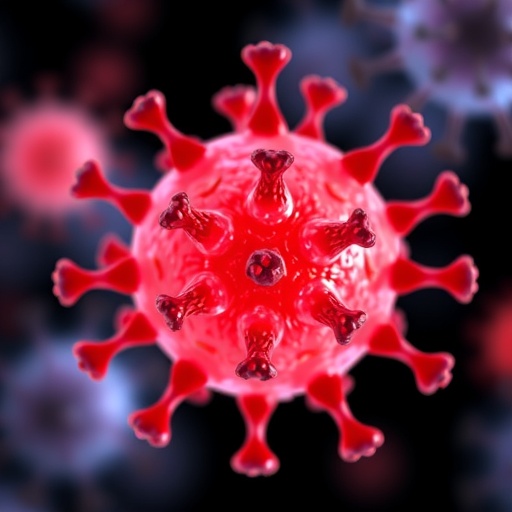Detectors that are presently used for mammograms and for dose measurements in radiotherapy are often rigid, causing errors in screening, or dose delivery to surrounding healthy tissue. This has raised concerns of additional tissue damage or the growth of secondary tumours. While flexible x-ray films such as those used in dentistry or chest x-rays bypass this issue, they are not able to achieve real-time imaging. Similarly, high-speed monitoring of people and vehicles over large geographical areas, which is important in border security, is impeded with the current technology.
In a study published in Nature Communications, researchers from the University of Surrey's Advanced Technology Institute (ATI) detail how they have developed an x-ray detector by embedding oxide nanoparticles in a bulk organic structure that allows for large area detectors to be produced inexpensively. The detectors created by ATI researchers are able to achieve high sensitivity levels that strongly compete with current technologies, while still operating at low voltages, as well as over the whole x-ray energy range spectrum .
The team also proved that it is possible to create a device that conforms to the subject – something that is not possible with current x-ray detectors. This means that it could be possible for breast cancer screenings to be carried out by adapting the x-ray detector arrays to the specification of different patients. A new start-up company to further develop this technology and bring it to market – looking specifically at the health, food monitoring and pharmaceuticals sectors — has been formed.
Hashini Thirimanne, lead author of the study and PhD student at the University of Surrey, said: "Our new technology has the potential to transform many industries that rely on x-ray detectors. We believe that this innovation could help save lives, and keep our borders more secure, and make sure that the food we eat is as safe as it could possibily be."
Dr Imalka Jayawardena, co-author of the study at the University of Surrey, said: "We are excited to pursue this technology further and bring it to market. I would like to thank the University of Surrey for their support over the years and I look forward to continuing this relationship ."
Professor Ravi Silva, Director of ATI at the University of Surrey, and corresponding author said: "We are incredibly proud of the young researchers at ATI who have progressed this project and have produced technology that could very well save lives and make the world safer. We look forward to helping the team bring this technology to market. We are grateful to the Leverhulme Trust who funded the work via a major research programme."
###
Media Contact
Dalitso Njolinjo
[email protected]
01-483-688-914
@UniOfSurrey
http://www.surrey.ac.uk
http://dx.doi.org/10.1038/s41467-018-05301-6




